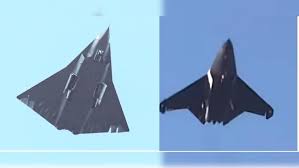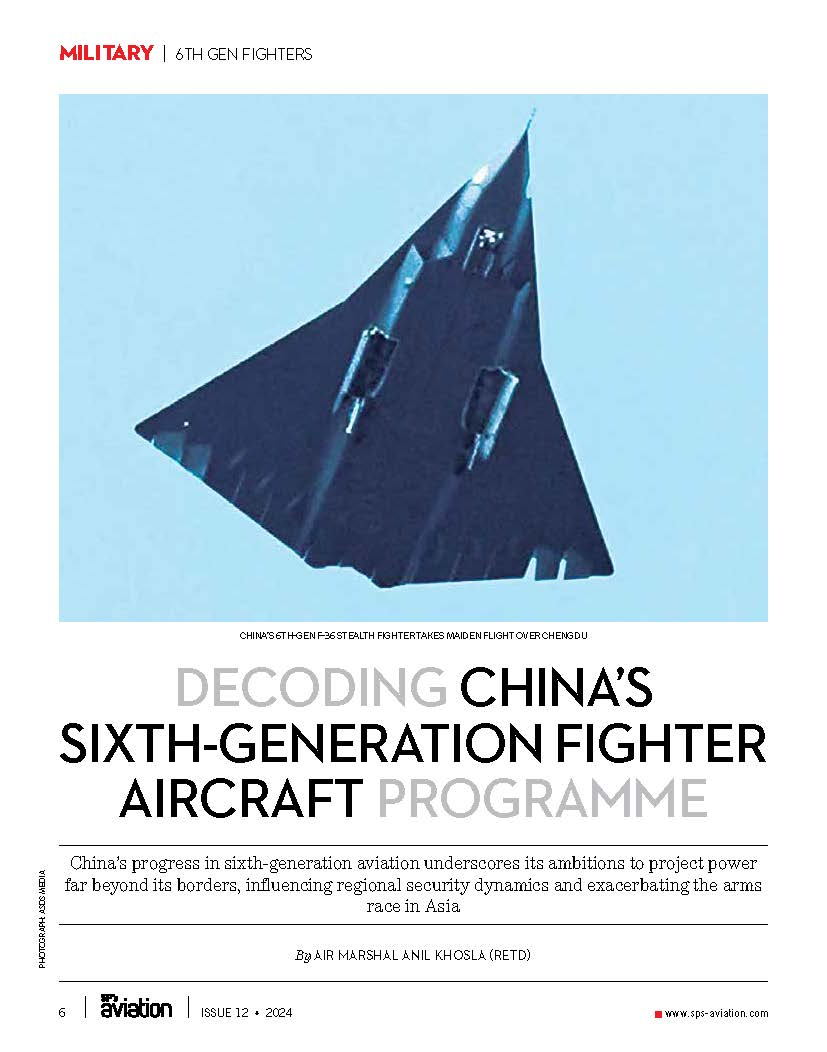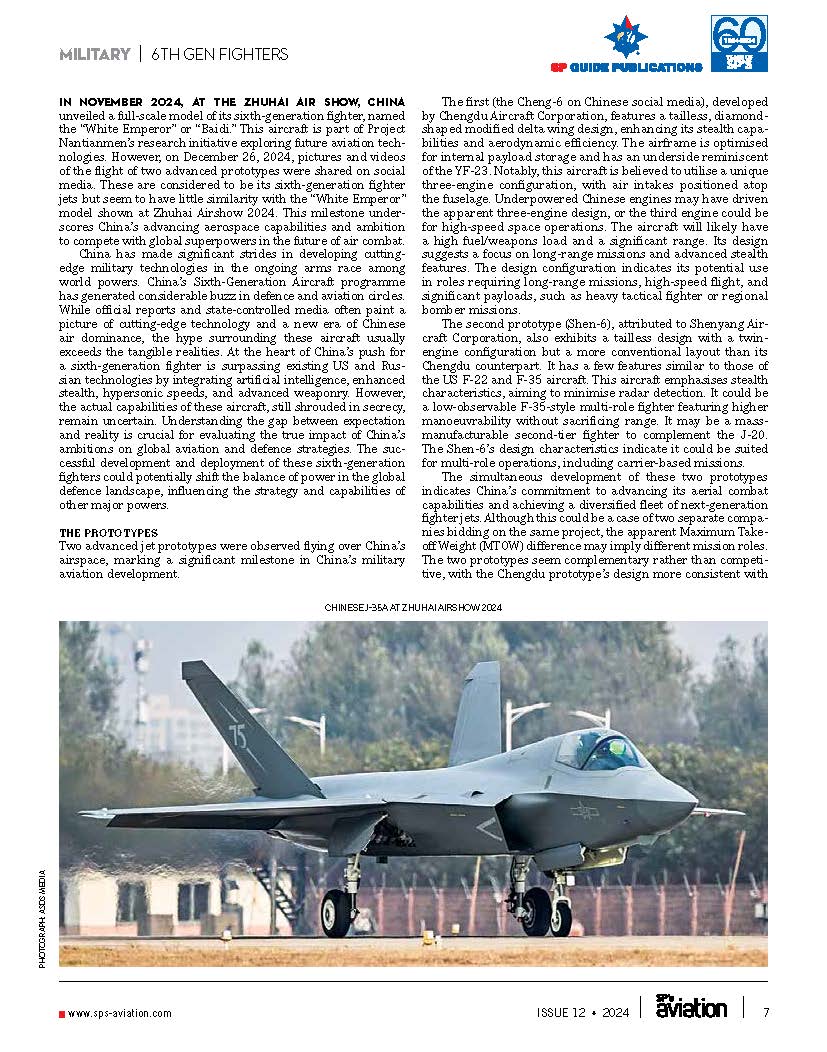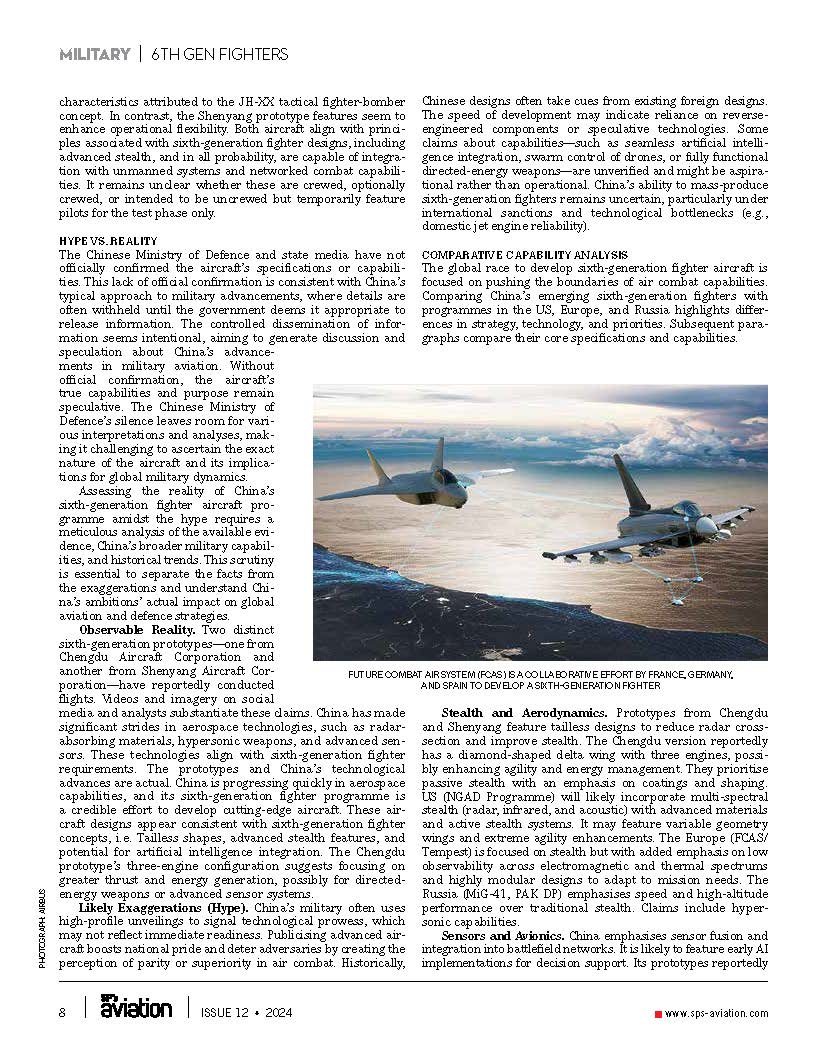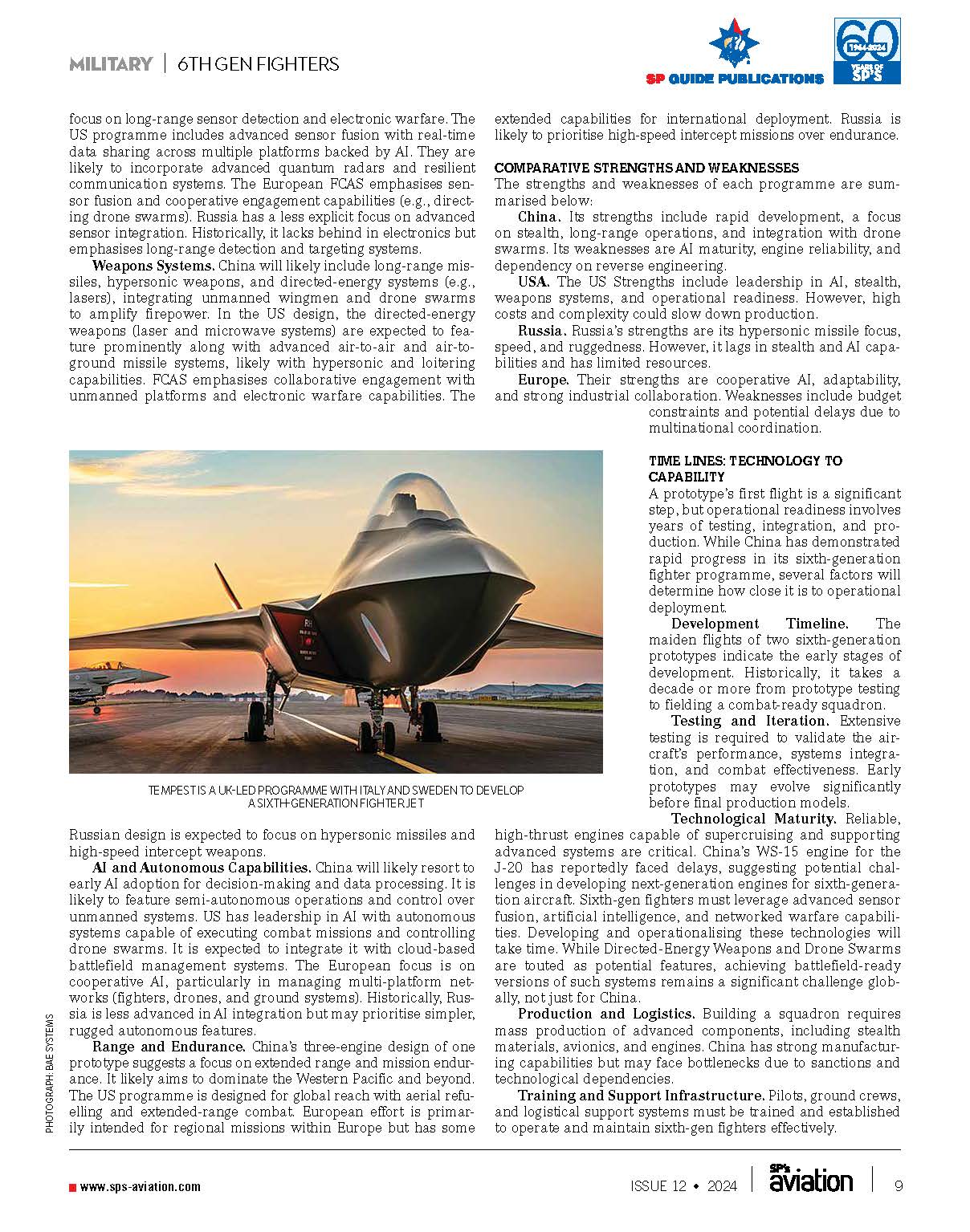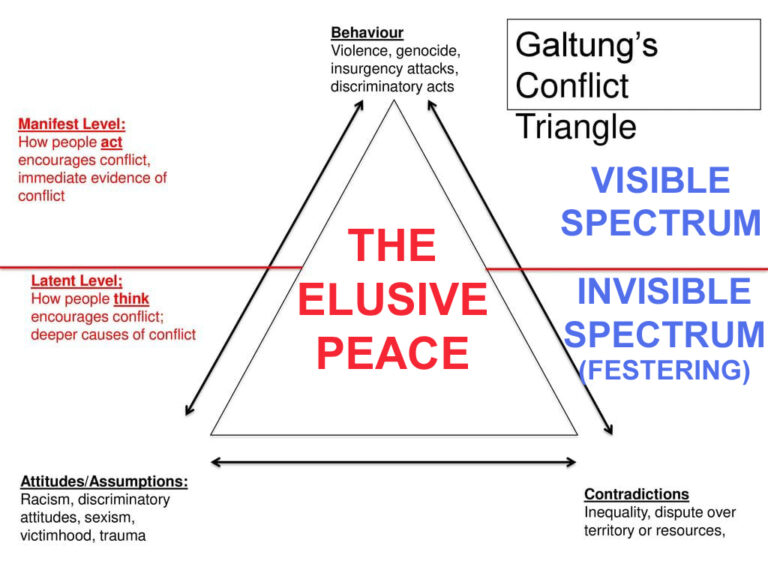
Pics Courtesy Net
My Article published on the Life of Soldier website on 17 Jan 25
In the 21st century, war and conflict have evolved significantly. From interstate wars to protracted civil conflicts, the causes and consequences of contemporary violence are deeply complex. Johan Galtung, a peace and conflict studies pioneer, provides a theoretical framework uniquely suited to analyse these modern wars. His conflict theory, encompassing the conflict triangle, structural and cultural violence, and distinctions between negative and positive peace, offers hope for a comprehensive understanding of conflicts and pathways to resolution. This article explores how Galtung’s theory can be applied to analyse and address contemporary wars, focusing on cases such as the Russia-Ukraine war and the Israel-Hamas conflict.
Galtung’s Conflict Theory
Johan Galtung’s Conflict Theory is foundational peace and conflict studies framework. Galtung, a Norwegian sociologist and the discipline’s founder, developed theories to understand conflict dynamics and pathways to sustainable peace. His most influential contributions include the conflict triangle, the concepts of structural violence, and distinctions between negative peace and positive peace.
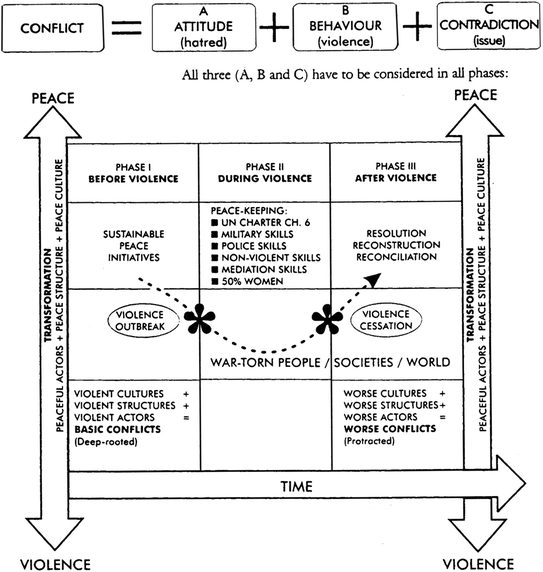
Galtung’s Conflict Triangle. Galtung describes conflict as having three interrelated components, often visualised as a triangle. The first component, the Attitudes (A), includes the perceptions, emotions, and assumptions that parties hold about each other, usually shaped by prejudice, fear, or hatred. The second Behaviour (B) is the actions taken by parties, such as violence, protests, or negotiations. The third segment is the Contradictions (C), i.e. the underlying incompatibilities or structural issues, such as resource disputes or unequal power distributions. For sustainable peace, all three corners of the triangle must be addressed. Resolving the structural root causes (contradictions) without addressing hostile attitudes or violent behaviour might lead to a fragile and temporary resolution.
Types of Violence. Galtung expanded the concept of violence beyond direct physical harm. He categorised violence as direct, structural, and cultural. Direct violence is observable physical or verbal aggression, such as war, assault, or terrorism. Structural violence is indirect harm embedded in societal structures, such as poverty, discrimination, and inequality, which systematically disadvantage certain groups. Lastly, cultural violence is the result of cultural norms and values that justify or legitimise violence, such as ideologies, religions, or traditions that perpetuate oppression. Structural and cultural violence often underpin direct violence. Addressing these forms of violence is essential for creating lasting peace.
Negative Peace vis-a-vis Positive Peace. Negative peace is the absence of direct violence (e.g., a ceasefire or truce). While it stops immediate harm, underlying issues may remain unresolved. On the other hand, positive peace is a holistic state where structural and cultural violence is also eliminated, leading to a just and equitable society. Peace-building efforts should aim for positive peace by transforming societal systems and relationships rather than ending immediate hostilities. Achieving positive peace not only stops violence but also addresses the root causes of conflict, creating a more stable and just society.
Conflict Transformation. Unlike conflict resolution (which seeks to end conflict) or conflict management (which seeks to control it), Galtung emphasises conflict transformation, which involves addressing the root causes and creating conditions for long-term peace and harmony. At the heart of Galtung’s theory, this approach is crucial for understanding and resolving contemporary wars, enlightening us about the importance of addressing the underlying issues and keeping us informed about the complexities of peace and conflict studies.
Multilateral organisations like the UN can use Galtung’s theory to design peace processes and post-conflict rebuilding efforts. Analysing Inequalities can help identify systemic injustices that contribute to conflicts. Education and advocacy can provide a lens to critique cultural norms and challenge violent structures.
Understanding Russia-Ukraine War through Galton’s Conflict Theory
Analysing the Russia-Ukraine war through Johan Galtung’s Conflict Theory offers a structured way to understand the root causes, dynamics, and potential pathways to resolution. We can dissect this complex conflict by using Galtung’s conflict triangle, concepts of violence, and distinctions between negative and positive peace.
Galtung’s Conflict Triangle. The three components—contradictions, attitudes, and behaviour—highlight the interplay between the conflict’s structural roots and immediate manifestations.
-
- Contradictions (Structural Causes). Historically and geopolitically, Ukraine’s position as a buffer zone between Russia and the West (NATO/EU) has created long-standing tensions. Russia perceives NATO expansion as a threat to its security, particularly with Ukraine’s aspirations for NATO/EU membership. Russia’s annexation of Crimea in 2014 and the conflict in Donbas (eastern Ukraine) reflect disputes over territorial sovereignty and self-determination. Control over natural resources, pipelines, and strategic ports, particularly in Crimea and the Black Sea, adds to the structural causes.
-
- Attitudes (Perceptions and Narratives). The Russian perspective is a historical closeness to Ukraine influenced and shaped by shared cultural, linguistic, and religious ties. Its nationalist rhetoric frames Ukraine’s Western alignment as a betrayal and existential threat. The Ukrainian perspective points to a strong drive for independence and self-determination, with resistance to Russian domination. It sees growing alignment with Western values and institutions as a pathway to sovereignty and development.
-
- Behaviour (Observable Actions). Observable actions include Russia’s military invasion of Ukraine and Ukraine’s resistance through armed defence. They also include international diplomacy, appeals for Western support, sanctions on Russia, military aid to Ukraine, and diplomatic efforts to de-escalate the conflict.
Types of Violence. Galtung’s framework identifies direct, structural, and cultural violence in the war.
-
- Direct Violence. This includes military aggression, missile strikes, sieges, and combat operations resulting in civilian and military casualties. It resulted in the displacement of millions of Ukrainians due to attacks on civilian areas.
-
- Structural Violence. Economic disparity between regions (e.g., eastern Ukraine vs. the rest of the country) exacerbates local grievances. Russian control of occupied areas imposes governance that marginalises Ukrainian identity and rights. Western sanctions against Russia, while aimed at reducing aggression, create hardships for ordinary Russians, particularly marginalised groups.
-
- Cultural Violence. Both sides use propaganda and rhetoric in the form of nationalist narratives that justify violence or delegitimise the opponent’s position. Competing narratives about Ukraine’s identity and sovereignty deepen the divisions.
Negative Peace vs. Positive Peace. Negative Peace (Ceasefire/Absence of war), i.e. a cessation of direct violence, might be achieved through ceasefires or peace agreements, but without addressing underlying causes, hostilities could reignite (e.g., post-2015 Minsk Agreements). Positive peace (Structural Transformation) would be achieved by acknowledging Ukraine’s sovereignty while addressing security concerns for Russia. An inclusive framework would have to be created to address ethnic and linguistic diversity in Ukraine (e.g., the rights of Russian-speaking minorities). Trust must be rebuilt through cultural and educational exchanges to counter divisive narratives. Institutional reforms would ensure economic and political stability in Ukraine, reducing vulnerabilities to external manipulation.
Conflict Transformation Strategies. Galtung’s emphasis on conflict transformation rather than resolution suggests a need for holistic approaches.
-
- Multi-Level Dialogue. Engaging Russia, Ukraine, NATO, and other stakeholders in genuine negotiations prioritising long-term stability over short-term gains. Including civil society and regional actors in peace-building efforts.
-
- Rebuilding Trust and Cooperation. Addressing Russian fears of NATO expansion with security guarantees. Establishing international frameworks for shared governance of contested areas like Crimea or Donbas.
-
- Economic and Social Reconstruction. International support is needed to rebuild Ukraine post-war and ensure equitable development. Addressing energy dependency and economic grievances that fuel tensions.
-
- Countering Cultural Violence. Challenging nationalist and antagonistic narratives through media, education, and cultural initiatives. Promoting shared historical understanding and reconciliation efforts.
Through Galtung’s lens, the Russia-Ukraine war is not just about military aggression but a deep-rooted conflict shaped by structural inequalities, hostile attitudes, and geopolitical contradictions. Achieving sustainable peace requires moving beyond negative peace (ceasefire) to positive peace (addressing root causes). This would involve transforming systems of inequality, reframing narratives, and fostering cooperative international relations.
Understanding Israel-Hamas War through Galtung’s Conflict Theory
Understanding the Israel-Hamas conflict through Johan Galtung’s Conflict Theory allows one to analyse the underlying causes, ongoing dynamics, and potential paths toward resolution. This protracted and deeply rooted conflict can be delved into by applying Galtung’s conflict triangle, concepts of violence, and distinctions between negative and positive peace.
Galtung’s Conflict Triangle. Its three components—contradictions, attitudes, and behaviours—offer a framework for examining this conflict.
-
- Contradictions (Structural Causes). The conflict over land, particularly Israel’s occupation of Palestinian territories (West Bank, Gaza), is a core issue. The blockade on Gaza and disputes over East Jerusalem exacerbate tensions. Differing claims to the same land are based on historical, religious, and political narratives. Palestinians in Gaza face significant restrictions under the Israeli blockade, including limited access to resources, employment, and healthcare. Ongoing settlement expansions in the West Bank undermine the viability of a two-state solution. Divisions within Palestinian leadership (e.g., Hamas in Gaza and the Palestinian Authority in the West Bank) hinder cohesive representation in negotiations.
-
- Attitudes (Perceptions and Narratives). Israeli perspective highlights the fear of existential threats, given Hamas’s stated aim of opposing Israel’s existence and history of attacks on civilians. A perception that security measures, including the blockade and military actions, are necessary for survival. Palestinian perspective includes resentment over dispossession, systemic inequality, and perceived denial of their national and human rights—narratives of resistance against occupation and framing Israeli actions as colonial and oppressive. Decades of violence, asymmetric power dynamics, and failed negotiations have entrenched mistrust and hostility on both sides.
-
- Behaviour (Observable Actions). This includes Israeli military operations, airstrikes, and ground incursions in Gaza. Hamas rocket attacks on Israeli cities and other forms of armed resistance. Cycles of escalation and de-escalation are often influenced by external actors (e.g., the U.S., Egypt, and Iran).
Types of Violence. Galtung’s classification of violence highlights the multifaceted nature of the conflict.
-
- Direct Violence. Examples of direct violence are physical attacks and bombings by both sides, resulting in civilian and combatant casualties. Indiscriminate rocket fire from Gaza targeting Israeli cities. Military operations destroyed in Gaza and loss of life.
-
- Structural Violence. The blockade on Gaza restricts freedom of movement, trade, and access to essential services, contributing to widespread poverty and humanitarian crises. Settlement expansions in the West Bank create conditions of displacement and inequality—unequal access to legal rights, resources, and political representation for Palestinians.
-
- Cultural Violence. Religious and nationalist narratives that justify actions on both sides. For example, it claims that divine rights grant exclusive control over the land—narratives framing the “other” as inherently violent or illegitimate. Educational materials and media perpetuate stereotypes and deepen divisions.
Negative Peace vs. Positive Peace. Negative Peace (Absence of Direct Violence), i.e. temporary ceasefires or truces, has been achieved through external mediation but failed to address root causes. Examples include the 2021 ceasefire and previous agreements mediated by Egypt or Qatar. Whereas Positive Peace (Structural and Cultural Transformation) would involve addressing underlying issues, such as Lifting the blockade on Gaza, enabling economic and social development, halting settlement expansion, ensuring equitable access to resources and establishing mechanisms for coexistence, justice, and reconciliation.
Conflict Transformation Strategies. Galtung’s emphasis on conflict transformation suggests a need for systemic and relational changes.
-
- Addressing Structural Causes: Internationally mediated solutions to establish a fair and sustainable framework for coexistence, such as a two-state or one-state solution; economic initiatives to improve living conditions in Gaza and the West Bank.
-
- Rebuilding Trust and Addressing Narratives. Promoting dialogue initiatives between Israeli and Palestinian communities. Countering hate speech and fostering narratives highlighting shared humanity and potential for coexistence.
-
- Inclusive Negotiations. Engaging all stakeholders, including Hamas, despite its controversial designation as a terrorist organisation by many countries, to ensure meaningful representation. External Mediators: Leveraging the influence of regional powers (e.g., Egypt, Turkey) and international actors (e.g., the U.S., UN) to facilitate equitable negotiations.
Through Galtung’s lens, the Israel-Hamas conflict highlights a deeply rooted struggle involving structural inequalities, hostile attitudes, and cyclical violence. Sustainable peace requires addressing direct, structural, and cultural violence and transforming the systems and narratives perpetuating the conflict. Moving toward positive peace would involve creating conditions for justice, equity, and mutual recognition.
Conclusion
Johan Galtung’s conflict theory provides a valuable framework for analysing and addressing contemporary wars. By examining contradictions, attitudes, and behaviours and addressing direct, structural, and cultural violence, pathways to sustainable peace can be imagined. While challenges remain significant, a focus on positive peace can transform cycles of violence into opportunities for reconciliation and coexistence. These contemporary war studies illustrate the urgency and relevance of applying Galtung’s insights to modern conflicts, offering hope for a more peaceful future.
Please do Comment.
Link to the article on the website:-
For regular updates, please register your email here:-
References and credits
To all the online sites and channels.
References:-
- Galtung, Johan, and Dietrich Fischer. Constructive Conflict: From Escalation to Resolution. Lanham: Rowman & Littlefield, 2013.
- Galtung, Johan. Peace by Peaceful Means: Peace and Conflict, Development and Civilization. Oslo: PRIO, 1996.
- Barash, David P., and Charles P. Webel. Peace and Conflict Studies. Thousand Oaks: Sage Publications, 2018.
- Ramsbotham, Oliver, Tom Woodhouse, and Hugh Miall. Contemporary Conflict Resolution: The Prevention, Management and Transformation of Deadly Conflicts. Cambridge: Polity Press, 2016.
- Menon, Rajan. Conflict in Ukraine: The Unwinding of the Post-Cold War Order. Cambridge, MA: MIT Press, 2015.
- International Crisis Group. Russia and Ukraine: Preventing Further Escalation. Crisis Group Europe Report No. 260, 2022.
- Khalidi, Rashid. The Hundred Years’ War on Palestine: A History of Settler Colonialism and Resistance, 1917–2017. New York: Metropolitan Books, 2020.
- Human Rights Watch. Israel-Palestine: Events of 2022. Human Rights Watch Annual Report, 2023.
- Stockholm International Peace Research Institute (SIPRI). Global Conflict Trends and Analysis. Accessed December 2024. https://www.sipri.org.
Disclaimer:
Information and data included in the blog are for educational & non-commercial purposes only and have been carefully adapted, excerpted, or edited from reliable and accurate sources. All copyrighted material belongs to respective owners and is provided only for wider dissemination.



